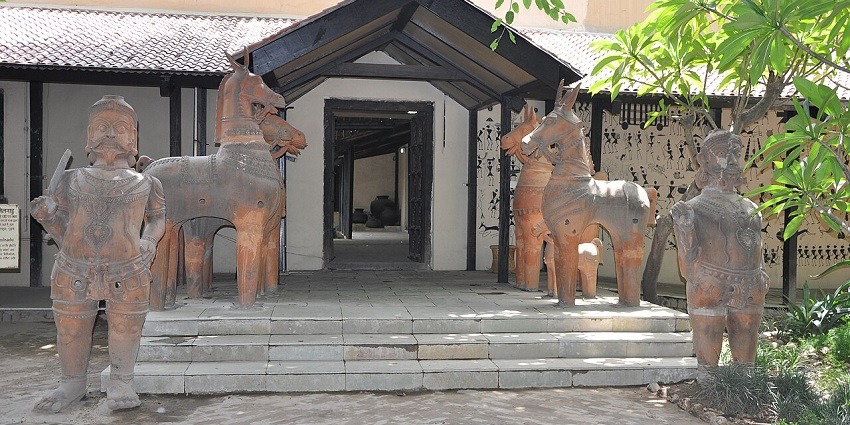The Vibrant Role of Art and Craft in Theme Parks and Museums
8/16/20252 min read


Introduction to the Importance of Art in Entertainment Spaces
Art and craft play a pivotal role in transforming theme parks and museums into vibrant spaces that foster engagement and creativity. These artistic expressions are not merely decorative; they encapsulate themes, tell stories, and create immersive experiences that captivate visitors of all ages. In this blog post, we will explore how art influences the atmosphere and functionality of theme parks and museums, ultimately enriching the visitor experience.
Thematic Integration in Theme Parks
Theme parks thrive on the ability to transport guests into fantastical realms, and art serves as the vehicle for this transition. From the entrance archways adorned with intricate sculptures to the whimsical design of attractions, every element is carefully crafted to enhance the thematic experience. For instance, iconic landmarks within parks are often designed to reflect the narratives they represent, as seen in the life-like structures and animated figures that populate rides like Pirates of the Caribbean.
In addition, art installations found throughout the parks contribute to story-telling, inviting guests to pause and engage with the surrounding aesthetics. Craftsmanship is often showcased in the details—from hand-painted murals to artisan-crafted fixtures—that invite exploration and enjoyment. Therefore, art and craft are fundamental in creating an environment that not only entertains but also communicates a larger story.
The Role of Craft in Museums
Conversely, museums serve as custodians of culture, history, and innovation. Here, art and craft are vital in curating exhibits that inspire curiosity and education. Each exhibition utilizes artistic elements to enhance the comprehension and appreciation of the artifacts displayed. For example, beautifully designed exhibition spaces and interactive art installations invite visitors to engage with the subject matter in innovative ways.
Moreover, the inclusion of craftwork—such as textiles, ceramics, and other forms of traditional arts—helps to preserve cultural heritage. These artworks not only tell significant stories but also encourage dialogue among visitors about the cultures and historical contexts from which they originate. Through workshops and demonstrations, museums actively incorporate craft into their programming, allowing visitors to develop a deeper understanding of artistic techniques and cultural significance.
Conclusion: Fostering Creativity through Art
In conclusion, both theme parks and museums recognize the transformative power of art and craft in creating immersive experiences. By enhancing themes and storytelling through visual and interactive elements, these venues not only captivate visitors but also foster creativity and learning. The investment in art and craft at these spaces is an investment in the community, inviting individuals to explore and celebrate creativity in its myriad forms. As we continue to explore the intersection of art and experiential entertainment, it remains evident that art is not merely an addition; it is fundamental to the life and vibrancy of theme parks and museums.


